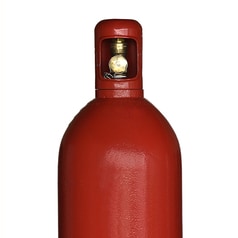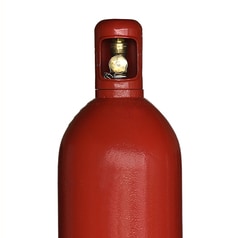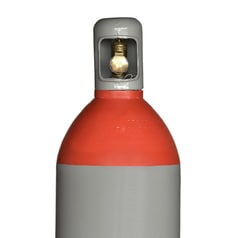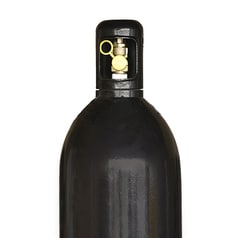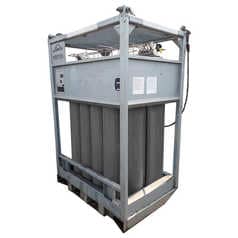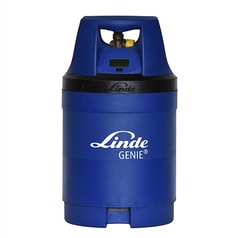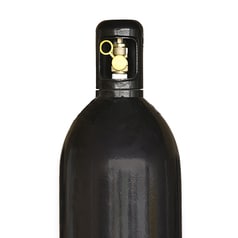you are currently visiting our website in a browser that is not supporting our website.
High velocity flame spraying
- Home
- Applications
- Surface treatment
- Flame spraying LINSPRAY®
- High velocity flame spraying
High velocity flame spraying
High speed oxyfuel spraying (HVOF) is one of the newer thermal spray processes and is characterized by a supersonic gas jet compared to conventional flame spraying
The process is the best solution for coatings for protection against wear, in particular with extremely dense, adhesive and hard coating systems from a metal carbide matrix. Ethylene, propane, propylene or hydrogen are usually used as fuel gases for high-speed flame spraying. The combustion properties of the fuel gases used are of great importance and influence the quality requirements of the sprayed layer.
The economic efficiency of high velocity flame spraying is an important factor for cladding companies, given the high cost of the materials used. A comparison with different flammable gases showed that, depending on the material, it has a great impact on the application performance, but also on the application speed that can be achieved.
The characteristics that a combustible gas must have are
- High economic efficiency
- Purity, worldwide in consistently high quality
- Constant combustion properties
- Suitable for mass flow meters
In the various systems of HVOF spraying, a gas supply that is optimally matched to the supply pressure and consumption rate is one of the most important conditions for producing high-quality and reproducible coatings. The pressure and quantity range, both for fuel gases and oxygen, requires the right know-how to equip both gas- and kerosene-fired systems with the right components in terms of safety technology. In order to create the possibilities for all systems from the outset, a high pressure tank variant is often the safer solution, especially for oxygen supply, to be open to all systems now and in the future.


